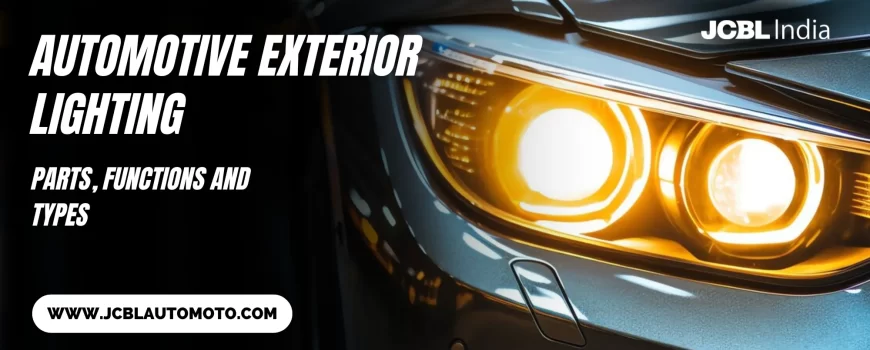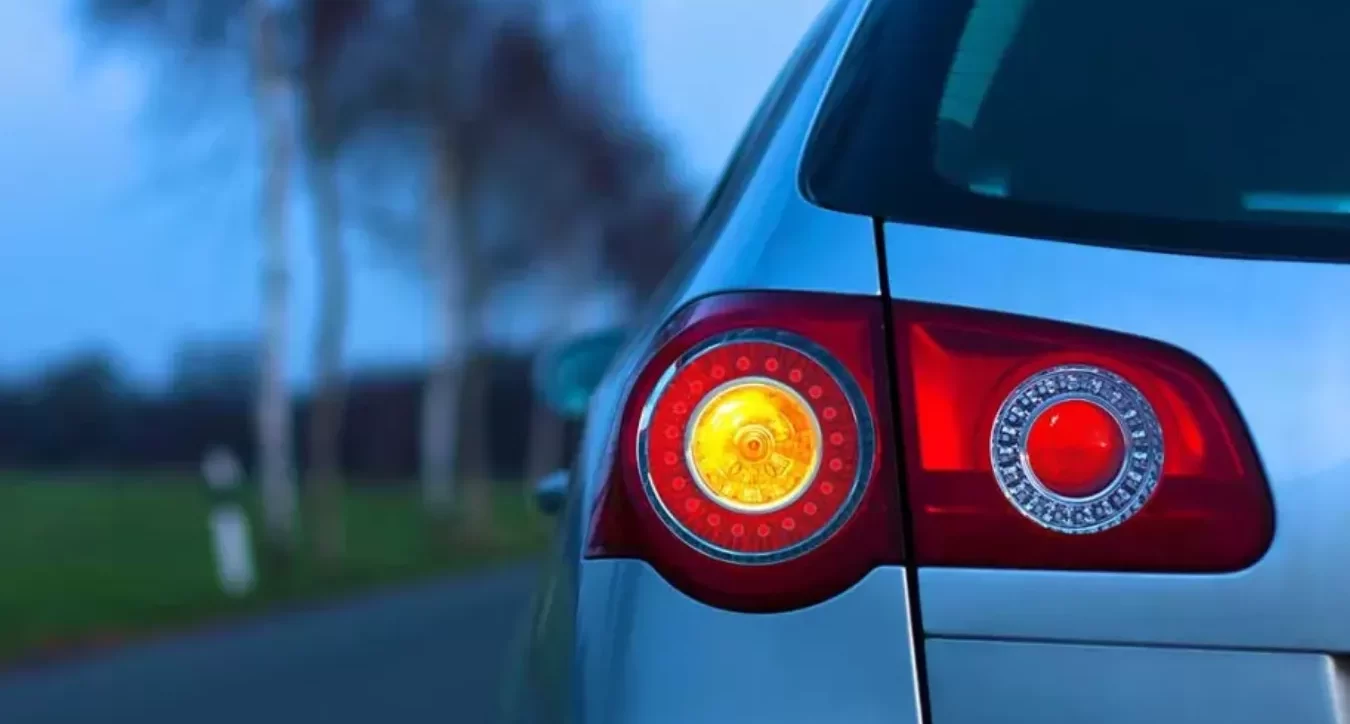Automotive external lighting refers to various lighting components placed on the outside of a car and used for signaling, illumination, or purpose while driving. Every light that makes the outside lighting of an automobile is a vital component of the vehicle.
Automotive exterior lighting is required by law, and rigid regulations must be fulfilled for any light function to be road-legal. Making the lighting component for an automobile is an essential step in the design process like any auto part, so it’s important to have enough understanding about it. As a result, this article extensively discusses exterior lighting for cars exterior, the different parts, functions, and types
Components of Automotive Exterior Lighting
Every car exterior light includes a few essential parts that work together to provide lighting, indication, and signaling to other cars or drivers. The main parts of exterior car lighting are listed below.
1. Bulbs or Light Sources
The bulb or light source in every external automobile light is responsible for producing the light in the system. The various types of light sources used in the automotive sector continually evolve.
halogen bulb is the most widely used and common type. Fast cars use Xenon high-intensity discharge lamps because they provide bright, bluish-white light and improve visibility; LED bulbs, on the other hand, are known for their energy efficiency.
2. Reflectors
Reflectors’ primary function is to control and direct the bulb-emitted light. Depending on the kind of outside car light, they are made of various materials. For example, headlamp reflectors, are made of polished metal with a shape that concentrates the light emitted onto the road ahead. Reflectors in the rear light play a more significant role in enhancing light visibility.
3. Lenses
Lenses, light sources, and reflectors are responsible for the shape and direction of the emitted light. Moreover, they serve as safeguards for the source of light. Various materials are used to make lenses, depending on the kind of outside car light. For example, glass or polycarbonate are used to make the headlamp lenses.
Regardless of the material, the lenses can have a variety of patterns and textures, that allow the automobile light to have distinct patterns.
4. Housing
The car exterior light components are housed in an enclosure called the light housing. It serves to uphold and safeguard the other elements. Because of this, they are constructed from durable materials that can survive harsh conditions, such as steel, aluminum, and hard plastic.
Also Read: Car Batteries Guide: Components, Types, And Functions!
Functions and Purposes for Exterior Car Lights
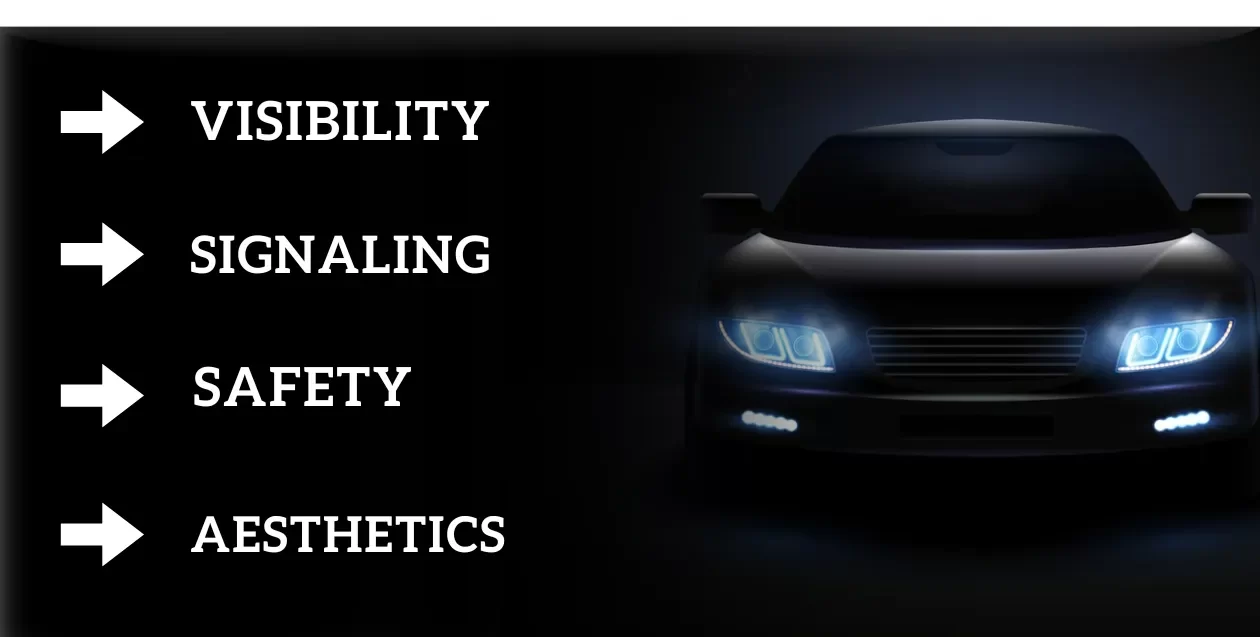
Every kind of external light for a car has a function based on where it is installed. A car’s headlamps are located in the front, while its tail lights are located at the back. Vehicle outside lighting is important because it serves the following objectives:
Visibility
One kind of exterior light used on cars is the headlight, which serves as a source of illumination to help drivers see the road clearly while driving. They often feature a design that lets the driver view objects, traffic signs, and people with a focused and regulated beam of light.
Signaling
When making decisions while driving, automobile exterior lights—particularly the side and tail lights—are quite important. For example, when the driver hits the brakes, the back brake light will be highlighted, alerting other drivers to the need to slow down as well. The driver can indicate whether to turn left or right using other signals, such as those on the front and back of the car.
Safety
Some vehicles are equipped with external lights that contribute to road safety. For instance, Daytime Running Lights (DRLs) are low-intensity lights with an engine running. As a result, this increases the vehicle’s visibility throughout the day and lowers the possibility of an accident. Another kind of light is the fog light with a penetrating beam which reduces glare and improves drivers’ visibility.
Aesthetics
Car Exterior lights are also a form of aesthetics in action, as shown in the sports cars. Manufacturers of luxurious cars like Lamborghini, Pagani Huayra, and Bugatti use unique lighting with other components to boost their vehicles’ overall visual appeal without sacrificing functionality.
Also Read: Car Suspension Parts and Their Functions!
Types of Automotive Car Lights
It is only possible or achievable to understand car exterior lighting by understanding the different types of exterior lighting. The common types of exterior car lights and their functions are listed below.
1. Headlight
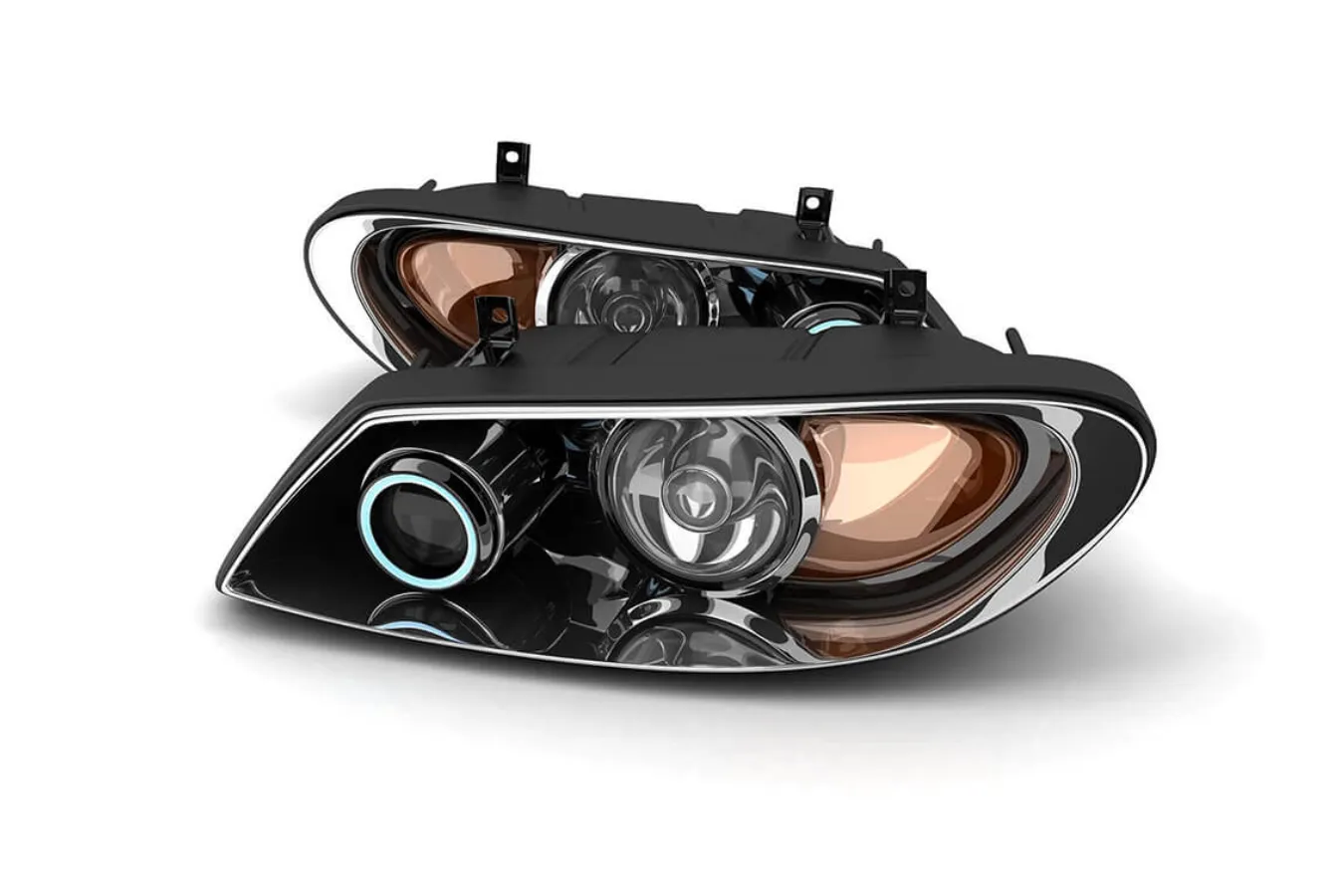
The headlights of vehicles are the main light source on any vehicle, and help drivers to see in low light and at night. Each type of light source that comes with a headlight has a different amount of efficiency, brightness, and longevity, such as halogen, LED, and xenon (HID).
2. Taillights
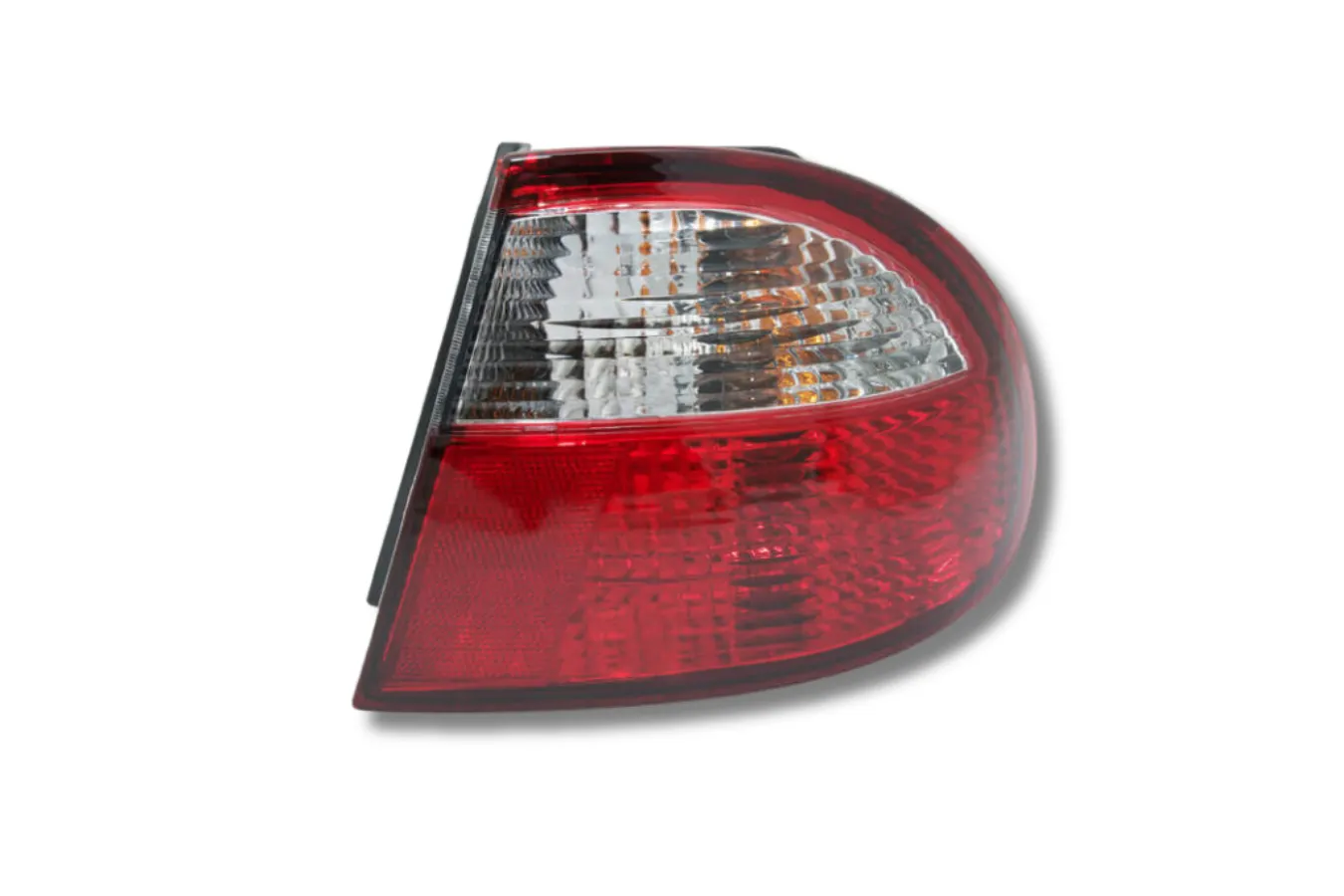
The taillights of a vehicle are situated at the back and are used for signaling purposes, including turning and breaking. They typically have several bulbs and are red. Brake lights are one example of a signal indicating that a car wants to stop. Turn signal and reverse lights signal when the car wants to turn left or right.
3. Daytime Running Lights (DRLs)
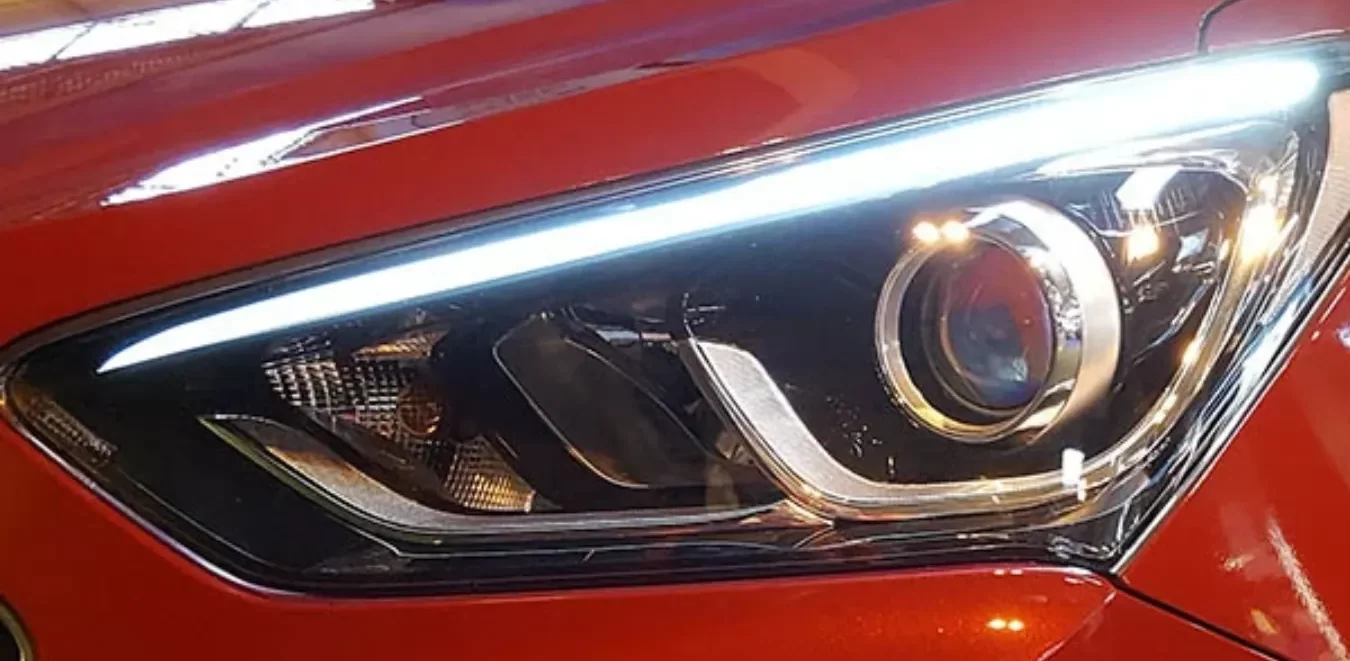
They automatically turn on when the vehicle is running and this type of light is low-intensity lights. They improve the car’s visibility so that other drivers can see it.
4. Fog Lights
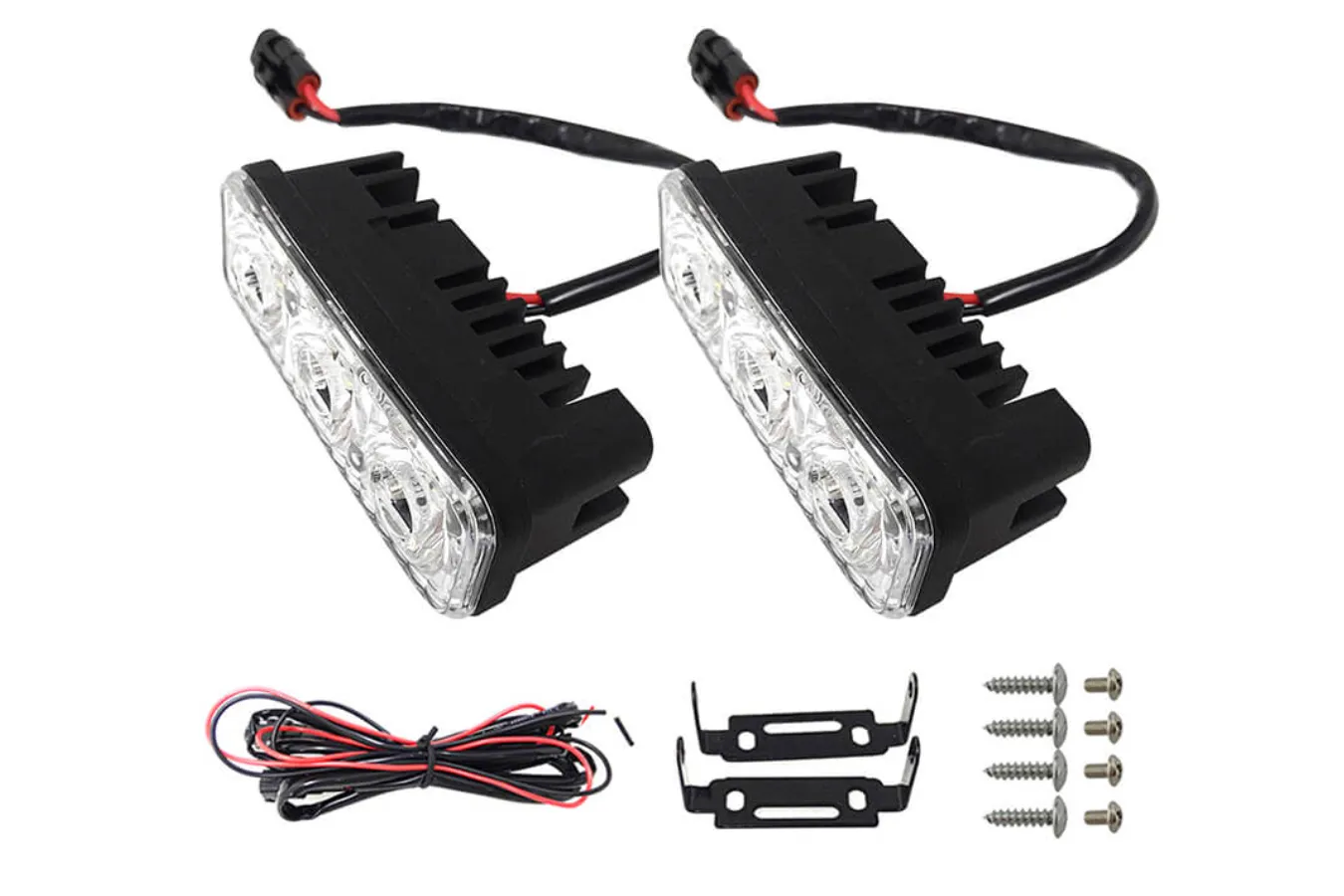
The Fog lights are specialized lamps mounted low on the front bumper or grille of a vehicle
With their high-intensity, wider, and shorter beams, they can improve vision in low-light situations such as heavy fog, rain, or snow.
5. Turn Signal
The front and back of the car come with turn signals, indicators, and blinkers. When the driver wants to change lanes or turn, they flash a light.
6. Brake Light
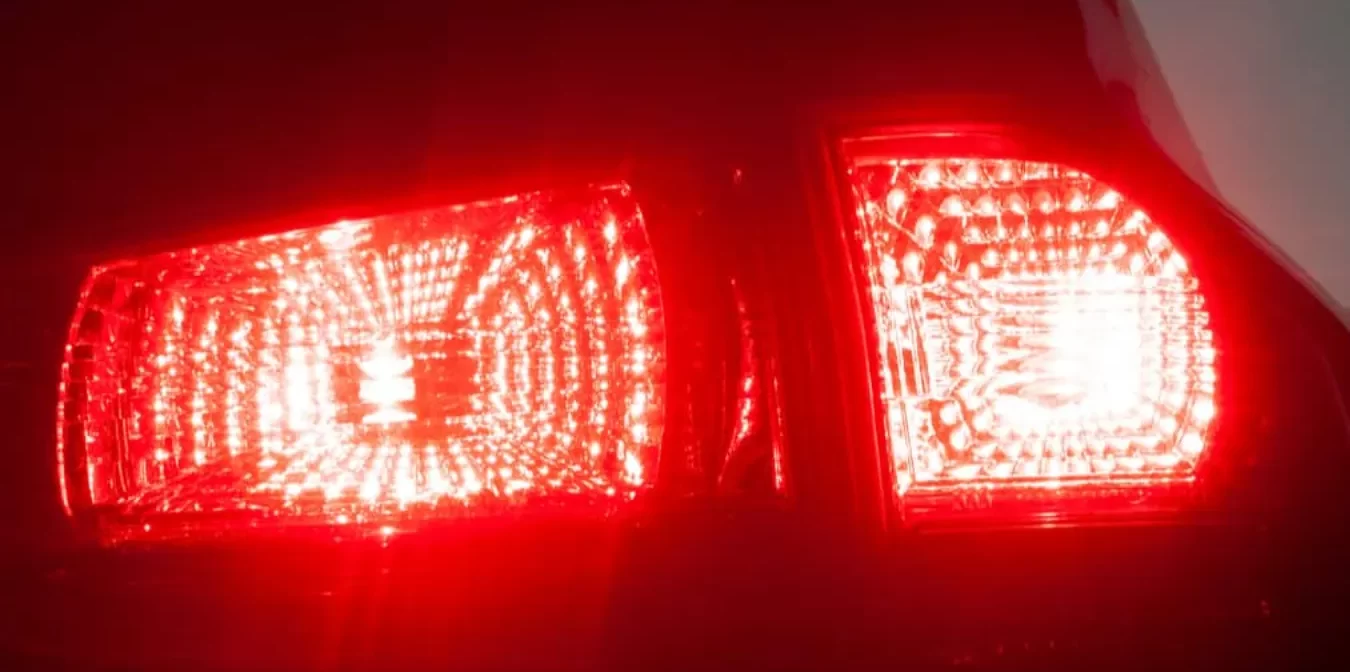
When the driver uses the brakes, the road is illuminated by the brake lights located at the back of the car. This alerts other drivers about your intention to stop or slow down. Brake lights are always brighter than other rear lights because of the circumstances.
Also Read: What Are The Parts Of The Brake System?
Future Trends in Automotive Exterior Lighting
There will be advancements in automobile exterior lighting in the future in both the short and long term. One new invention that is expected to become popular is adaptive headlights, which can automatically change their direction and intensity depending on driving conditions, Adaptive driving beams (ADBs) project light precisely where the driver needs it after gathering speed and steering data using sensors and cameras.
As time goes on, exterior car lighting will probably develop into an even more useful tool for communication between cars and their surroundings by acting as a visual language. In addition to projecting direction and speed information, exterior car lights can also form a whole pedestrian crosswalk. When interacting with autonomous vehicles, this Vehicle-to-Everything (V2X) technology will be quite useful.
Machine learning will also be influential in the optical design of cars. To speed up decision-making and get safer cars on the road sooner, machine learning will examine all of the exterior lighting design data collected to date in order to determine what works, what doesn’t, and what is feasible.
These trends reflect the adaptability and flexibility of vehicle exterior lighting, which is always innovating and changing to meet the ever-changing demands of carmakers.

